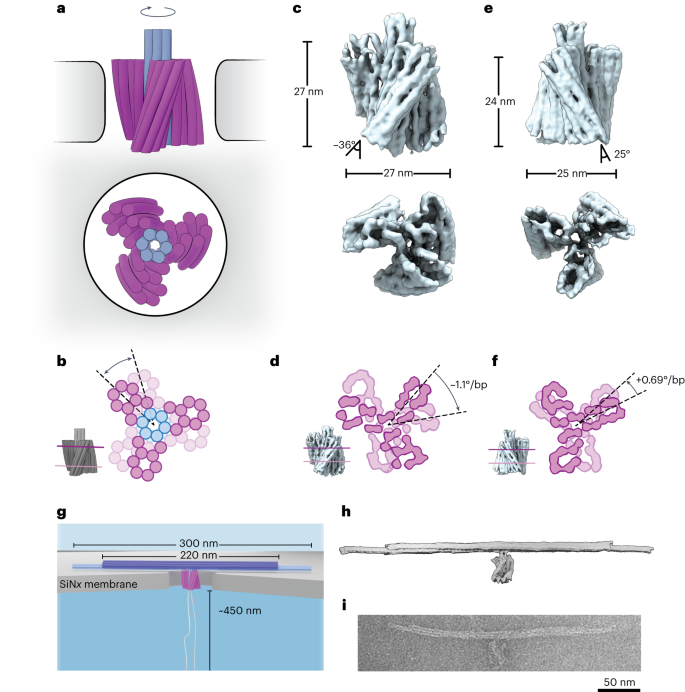2023-10-26 カロリンスカ研究所(KI)
◆このモデルは、新しいRSV感染予防法の最も効果的な受益者を示すことができ、若い子供の入院や合併症を減少させる可能性があります。
◆研究によれば、重症RSV感染のリスクは6か月未満の子供が最も高く、早産児や特定の先天性疾患を持つ子供、学齢前の兄弟を持つ子供が特にリスクが高いことが確認されました。これにより、予防薬を効果的に提供し、子供たちの健康を保護するための重要な情報が提供されます。
<関連情報>
- https://news.ki.se/new-method-identifies-children-most-at-risk-of-severe-rsv-infection
- https://www.thelancet.com/journals/landig/article/PIIS2589-7500(23)00175-9/fulltext
生後1年間の重症呼吸器合胞体ウイルス感染の危険因子:臨床予測モデルの開発と検証 Risk factors for severe respiratory syncytial virus infection during the first year of life: development and validation of a clinical prediction model
Pekka Vartiainen,Sakari Jukarainen,Samuel Arthur Rhedin, Alexandra Prinz, Tuomo Hartonen, Andrius Vabalas,Essi Viippola,Rodosthenis S Rodosthenous,Sara Koskelainen,Aoxing Liu,Cecilia Lundholm,Awad I Smew, Emma Caffrey Osvald,Emmi Helle, Markus Perola, Catarina Almqvist,Santtu Heinonen,Andrea Ganna
Lancet Digital Health Published:November, 2023
DOI:https://doi.org/10.1016/S2589-7500(23)00175-9

Summary
Background
Novel immunisation methods against respiratory syncytial virus (RSV) are emerging, but knowledge of risk factors for severe RSV disease is insufficient for optimal targeting of interventions against them. Our aims were to identify predictors for RSV hospital admission from registry-based data and to develop and validate a clinical prediction model to guide RSV immunoprophylaxis for infants younger than 1 year.
Methods
In this model development and validation study, we studied all infants born in Finland between June 1, 1997, and May 31, 2020, and in Sweden between June 1, 2006, and May 31, 2020, along with the data for their parents and siblings. Infants were excluded if they died or were admitted to hospital for RSV within the first 7 days of life. The outcome was hospital admission due to RSV bronchiolitis during the first year of life. The Finnish study population was divided into a development dataset (born between June 1, 1997, and May 31, 2017) and a temporal hold-out validation dataset (born between June 1, 2017, and May 31, 2020). The development dataset was used for predictor discovery and selection in which we screened 1511 candidate predictors from the infants’, parents’, and siblings’ data, and developed a logistic regression model with the 16 most important predictors. This model was then validated using the Finnish hold-out validation dataset and the Swedish dataset.
Findings
In total, there were 1 124 561 infants in the Finnish development dataset, 130 352 infants in the Finnish hold-out validation dataset, and 1 459 472 infants in the Swedish dataset. In addition to known predictors such as severe congenital heart defects (adjusted odds ratio 2·89, 95% CI 2·28–3·65), we confirmed some less established predictors for RSV hospital admission, most notably oesophageal malformations (3·11, 1·86–5·19) and lower complexity congenital heart defects (1·43, 1·25–1·63). The prediction model’s C-statistic was 0·766 (95% CI 0·742–0·789) in Finnish data and 0·737 (0·710–0·762) in Swedish validation data. The infants in the highest decile of predicted RSV hospital admission probability had 4·5 times higher observed risk compared with others. Calibration varied according to epidemic intensity. The model’s performance was similar to a machine learning (XGboost) model using all 1511 candidate predictors (C-statistic in Finland 0·771, 95% CI 0·754–0·788). The prediction model showed clinical utility in decision curve analysis and in hypothetical number needed to treat calculations for immunisation, and its C-statistic was similar across different strata of parental income.
Interpretation
The identified predictors and the prediction model can be used in guiding RSV immunoprophylaxis in infants, or as a basis for further immunoprophylaxis targeting tools.
Funding
Sigrid Jusélius Foundation, European Research Council, Pediatric Research Foundation, and Academy of Finland.


